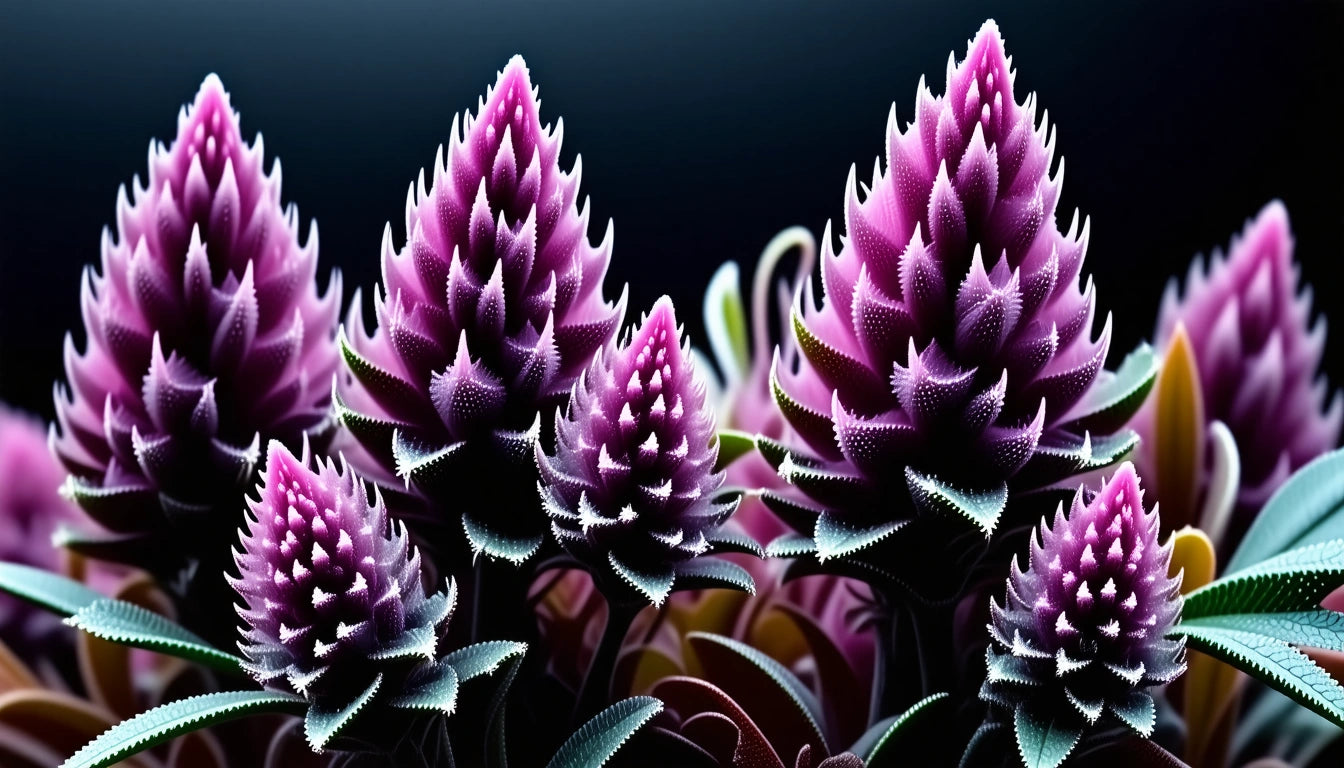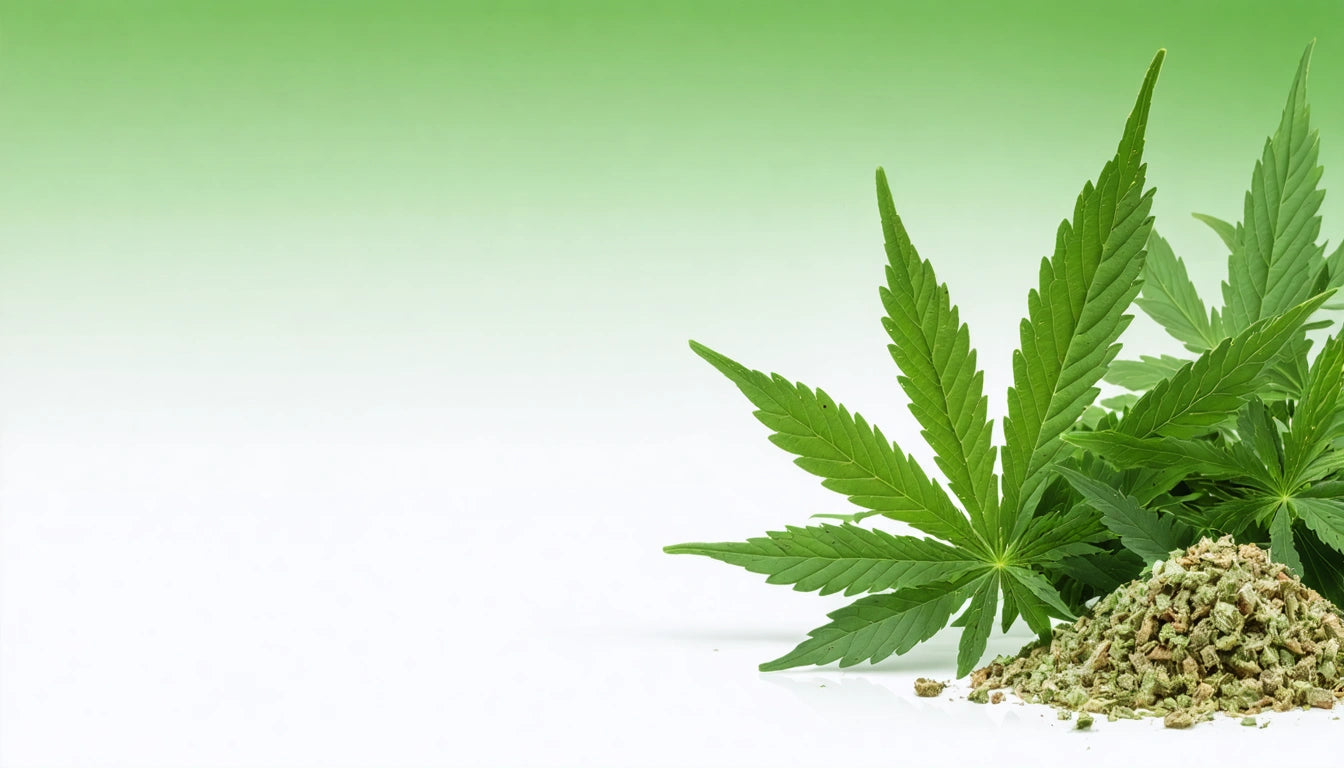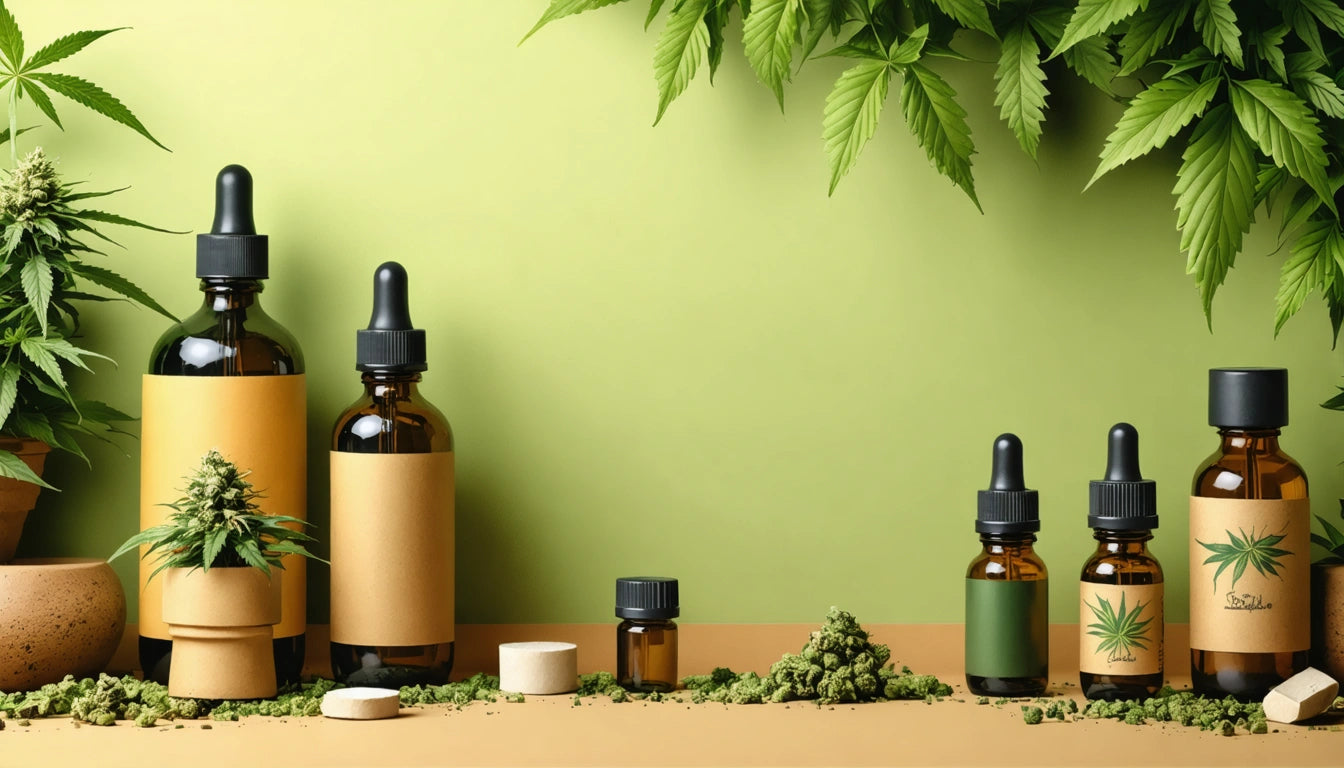Table of Contents
Cloning Autoflowering Plants: Is It Possible and How to Do It?
The question "can you clone autoflowering plants?" is common among cannabis cultivators looking to maximize their harvests. Autoflowering cannabis varieties have revolutionized growing for many enthusiasts due to their speed and simplicity, but their unique genetics present specific challenges when it comes to traditional propagation methods.
Understanding Autoflowering Cannabis
Autoflowering cannabis plants contain ruderalis genetics, which give them the ability to flower based on age rather than light cycle changes. According to this comprehensive guide on autoflower seeds, these plants typically begin flowering 2-4 weeks after germination regardless of light conditions.
This automatic flowering trait makes them popular among growers with limited space or experience, as detailed in this guide to growing autoflowering cannabis. However, this same characteristic creates significant hurdles for cloning.
Challenges of Cloning Autoflowers
Understanding why can't you clone autoflowers effectively requires examining their biological clock:
- Genetic timer: Autoflowers operate on an internal genetic timer that begins at germination
- Clone inheritance: Clones inherit the age of their mother plant, not resetting to "day zero"
- Limited vegetative phase: The short pre-flowering period provides minimal time for root development
- Lower yields: Clones taken from autoflowers typically produce significantly smaller yields than their parent plants
These factors make autoflower cloning technically possible but practically challenging and often counterproductive.
Can You Clone Autoflowering Plants?
The technical answer to "can you clone autoflower plants" is yes, but with significant caveats. Cloning is physically possible, as explained in this comprehensive guide to cloning, but the results are typically disappointing for several reasons:
First, autoflower clones don't reset their genetic timer. If you take a cutting from a 3-week-old autoflower that would naturally flower at week 4, the clone only has one week of vegetative growth remaining. This severely limits its size potential and subsequent yield.
Second, the stress of the cloning process can trigger premature flowering or stunted growth in autoflower cuttings, further reducing their productivity.
How to Clone Autoflower Plants
For those determined to experiment with how to clone autoflower plants despite the challenges, here's a process that maximizes potential success:
Timing is Critical
Take cuttings very early in the plant's life cycle, ideally within the first 2-3 weeks after sprouting. This gives the clone the maximum possible vegetative time before flowering begins.
Materials Needed
- Sharp, sterile razor blade or scissors
- Rooting hormone
- Rooting medium (rockwool cubes, peat pellets, or soil)
- Humidity dome
- Proper storage containers with secure lids for maintaining humidity during the sensitive rooting phase
- Spray bottle with water
Step-by-Step Process
1. Select a healthy lower branch from your autoflower plant that has at least 2-3 nodes
2. Make a clean 45-degree angle cut just below a node
3. Immediately place the cutting in water to prevent air from entering the stem
4. Trim off larger fan leaves and the very bottom node, leaving a clean section of stem to place in the medium
5. Dip the cut end in rooting hormone
6. Place in your prepared rooting medium
7. Cover with a humidity dome and maintain high humidity (70-80%)
8. Provide 18-24 hours of gentle light
9. Roots should develop within 7-14 days if successful
Success Rates and Expectations
When attempting to clone autoflower plants, set realistic expectations. Success rates are typically much lower than with photoperiod plants, and even successful clones will likely produce minimal yields.
Based on the autoflowering growth timeline, clones taken even at the optimal early stage will have limited vegetative growth potential before flowering begins.
Growers report varying success rates from 10-30% for autoflower clones that actually root and produce viable plants. Of those, yields are typically 30-50% smaller than what might be expected from seed-grown plants.
Alternatives to Cloning Autoflowers
Given the challenges of cloning autoflowers, consider these more reliable alternatives:
Seed Germination
Starting from seeds remains the most effective way to grow autoflowers. This guide to germinating autoflower seeds provides detailed instructions for optimal results.
Plant Training Techniques
Instead of cloning, focus on techniques that maximize yield from individual plants:
- Low-Stress Training (LST)
- Sea of Green (SOG) method
- Strategic defoliation
- Optimal lighting placement
These approaches, combined with best practices for maximizing autoflower yields, often produce better results than attempting to clone.
Selecting High-Yield Strains
Rather than struggling with cloning, invest in high-yielding autoflower strains that naturally produce more abundant harvests.
Future Developments in Autoflower Propagation
While current autoflowering genetics present significant cloning challenges, ongoing breeding programs may eventually develop autoflower varieties more amenable to cloning. Some breeders are working on extending the vegetative phase of autoflowers, which could make cloning more viable in the future.
Until then, most commercial and home growers will continue to rely on seeds for autoflower cultivation, as outlined in this comprehensive guide to growing and harvesting autoflowers. The speed, simplicity, and increasing potency of modern autoflower seeds often outweigh any potential benefits that might come from successful cloning.











Leave a comment
All comments are moderated before being published.
This site is protected by hCaptcha and the hCaptcha Privacy Policy and Terms of Service apply.